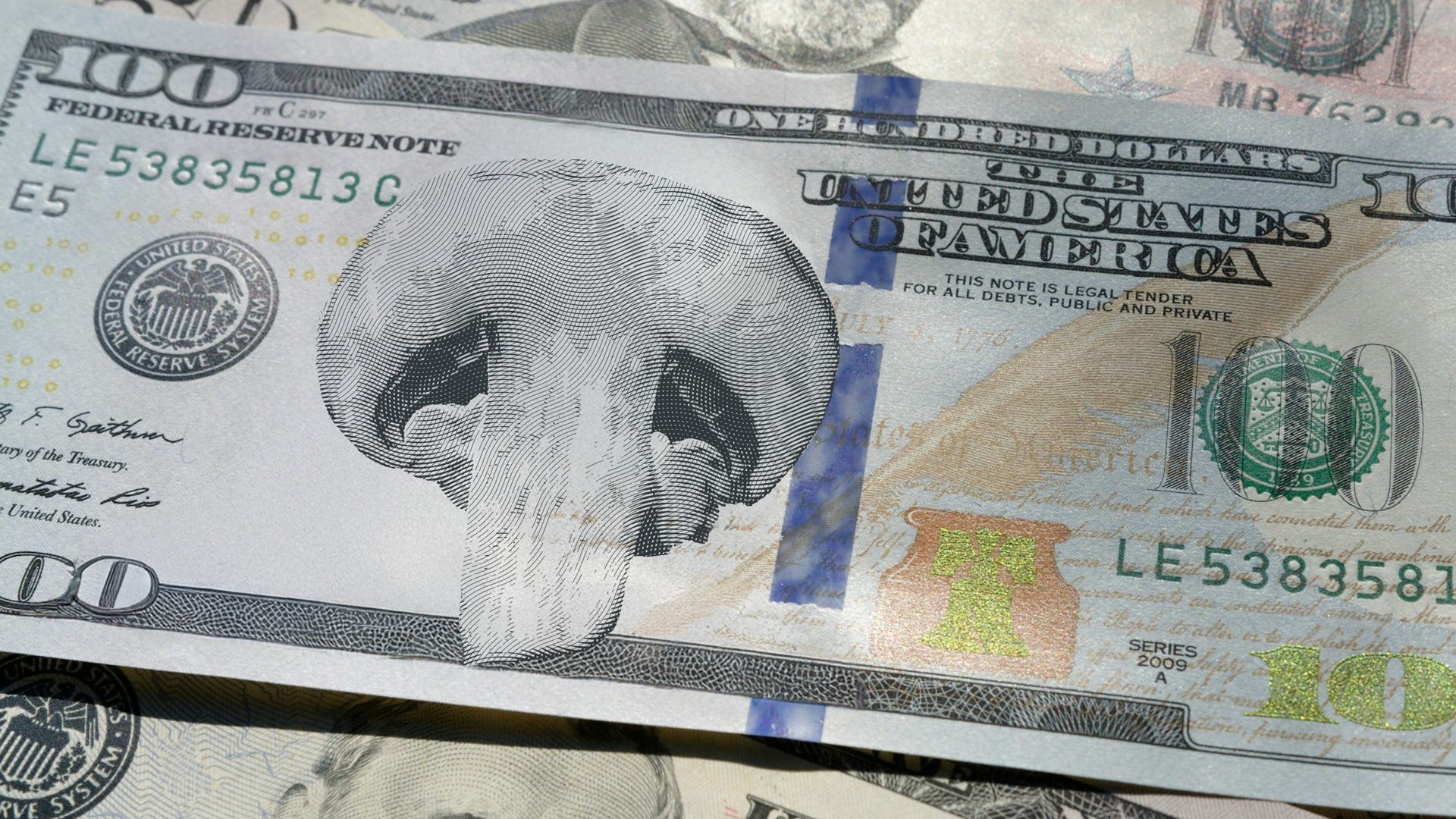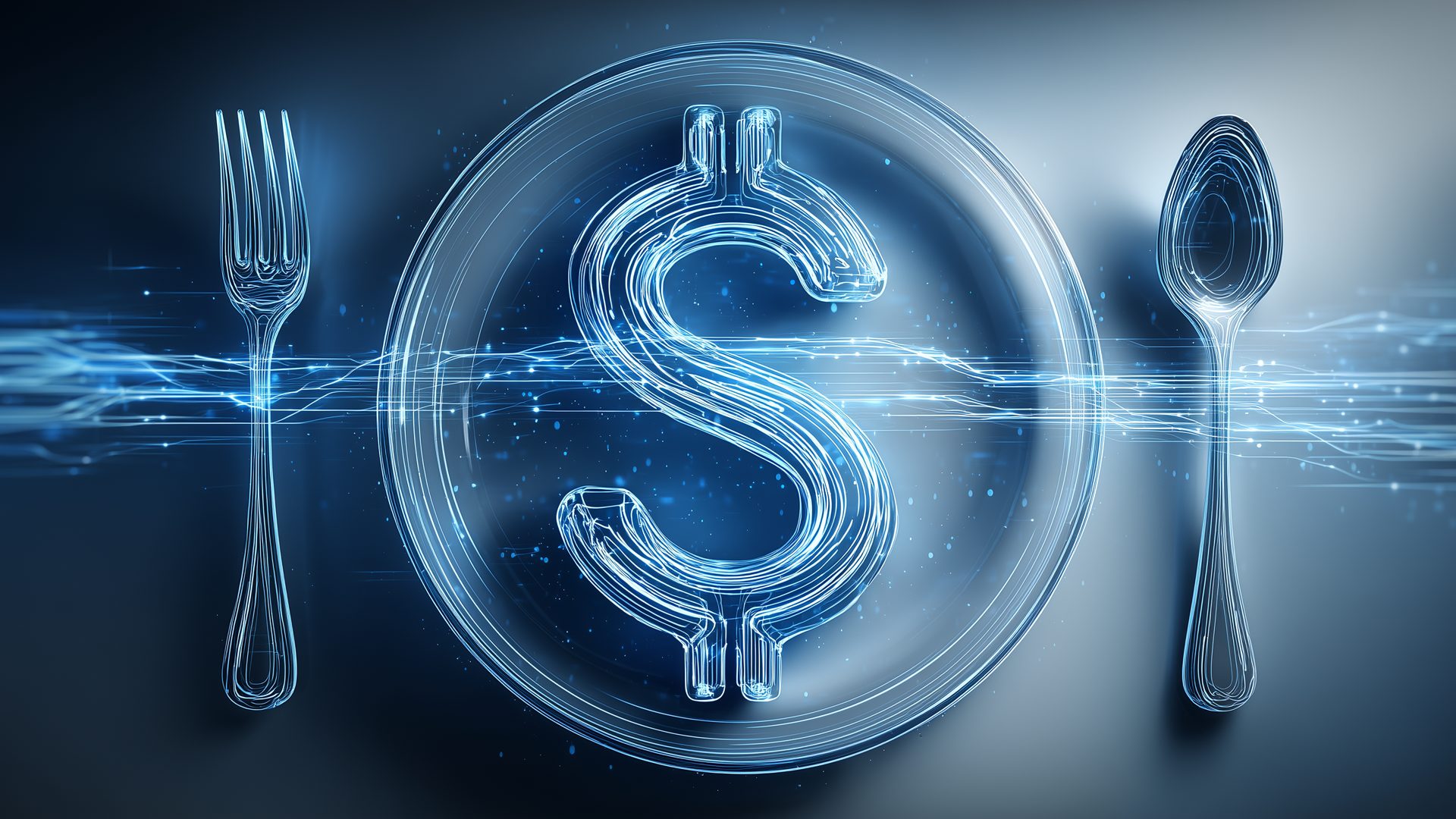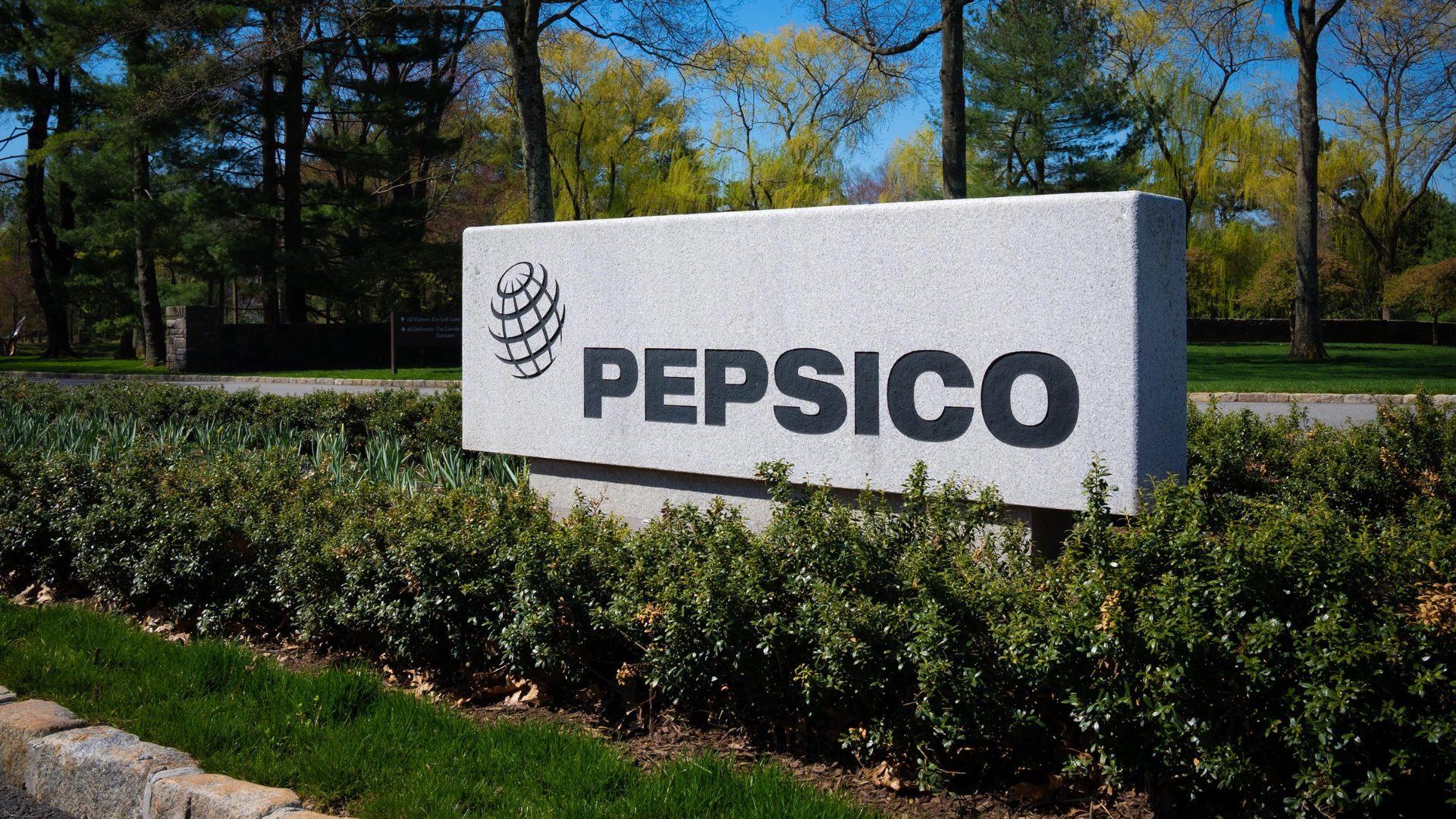In April, when the Trump Administration first released its “Liberation Day” tariffs, stocks fell sharply, but food plays on the whole held up reasonably well. Most companies in the industry are relatively insulated from cross-border trade; even companies that sell internationally usually produce overseas, as well.
As a result, the direct effect of the new tariffs, and responses from foreign governments, on the industry seemed likely to be relatively small.
Indeed as we noted at the time, food stocks traded on the anticipated indirect effect of the new tariffs. In areas like packaged food, investors saw a potential benefit, with a tariff-induced recession and/or inflation pushing consumers to eat at home. For the same reason, restaurant stocks fell sharply.
That recession so far has not materialized (though there are some worrisome signs in the job market at the moment). Indeed, the market’s initial reaction to tariffs so far seems stunningly overwrought: the Standard & Poor’s 500 index dropped 12% in four days following the announcement, only to rally 31% in a little over five months since. Shares of Walmart, a company with perhaps the biggest exposure to tariffs on Asian goods, are just shy of February (and all-time) highs.
Steel, Cocoa & Coffee: The Tariff Trifecta
Oddly enough, in the food sector, the market’s initial reaction appears to have been more accurate. As forecast, the direct impact of tariffs has been relatively insignificant. In packaged foods, the key issue has been tariffs on steel and aluminum: Campbell estimated that about 60% of its gross tariff exposure on those two products. Even so, the company expects a roughly 8% hit to earnings in its upcoming year from tariffs.
Smucker, with its exposure to coffee tariffs and soaring prices, projects about a 6% decline. General Mills sees tariffs possibly pushing earnings down a couple percentage points at most; Kraft Heinz barely mentioned tariffs at all.
In fast casual, Sweetgreen has cited cost pressure of about 40 basis points (0.4%) of revenue, with Chipotle in April forecasting a slightly higher amount. Casual dining leaders Brinker and Texas Roadhouse have seemed unconcerned; distributor Sysco has noted that it sources over 90% of its supply from markets local to its operations.
There are a few companies with larger exposure to tariffed categories – but even those operators seem rather confident. Tariffs only added to the soaring cocoa prices buffeting Hershey; the combination should drive profits down sharply this year. But in late July, management expressed optimism that waivers might arrive, based on the reasonable argument that cocoa can’t actually be produced in size in the U.S. Two weeks later, Dole chief executive officer similarly argued that “products like tropical produce…will ultimately get exempted” from the levies.
Recession Fears Drive Food Sector Slump
Across the board, the direct impacts of tariffs have not been large, and pretty much every company in the industry has promised mitigation efforts, most often around cost-cutting elsewhere in the business.
Of course, companies have taken pricing as well; as B&G CEO Kenneth Keller put it last month, in spices & seasonings “most of the industry is doing that because everybody is sourcing from the same place.” On the whole, the direct effect of tariffs has been manageable.
At the same time, the market’s prediction of indirect impacts to some extent has played out. For many players in food, the external environment looks close to recessionary, even if the overall macroeconomic data doesn’t reflect it.
Fast casual operators had a hugely disappointing second quarter, with results well below expectations. Packaged food players are taking price but giving up volume as a result. Quick-service players seem headed for a price war to bring back stretched lower-income consumers. Only casual dining players have held up, perhaps in part because the price gap to fast casual (and in some cases fast food) has narrowed enough for consumers to trade up. And even those stocks have struggled over the last several weeks
To what extent tariffs are to blame for the industry’s broad malaise is not quite clear. But whether in packaged food or away from home, the food industry clearly isn’t in a good place right now. Investors seem to have been correct in seeing the struggles coming – even if they weren’t 100% accurate in predicting how they would arrive.
Vince Martin is an analyst and author whose work has appeared on multiple financial industry websites for more than a decade; he’s currently the lead writer for Wall Street & Main. He owns shares of Dole plc.
The Food Institute Podcast
How will the One Big Beautiful Bill Act (OBBBA) impact your food business? Unraveling the implications of new legislation is never easy, but Patrick O’Reilly and Jeff Pera of CBIZ explain how provisions of the bill related to no tax on tips, depreciation and expensing of capital purchases, and research and development will impact the industry.












